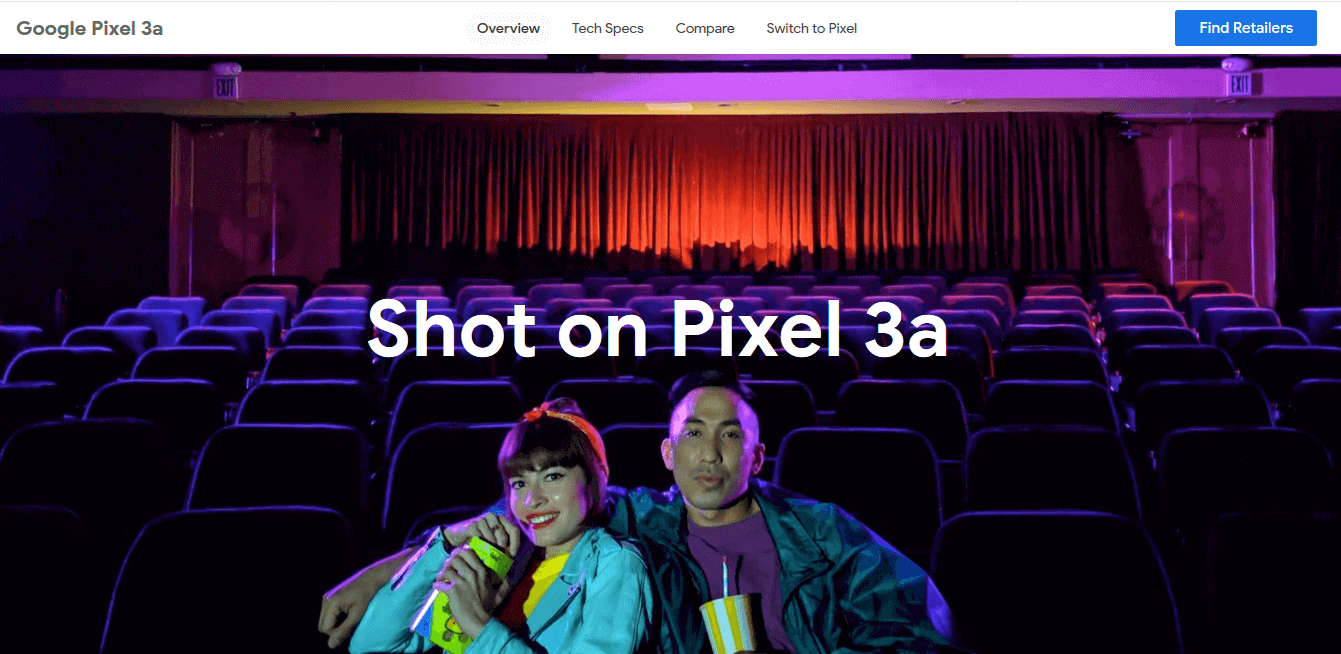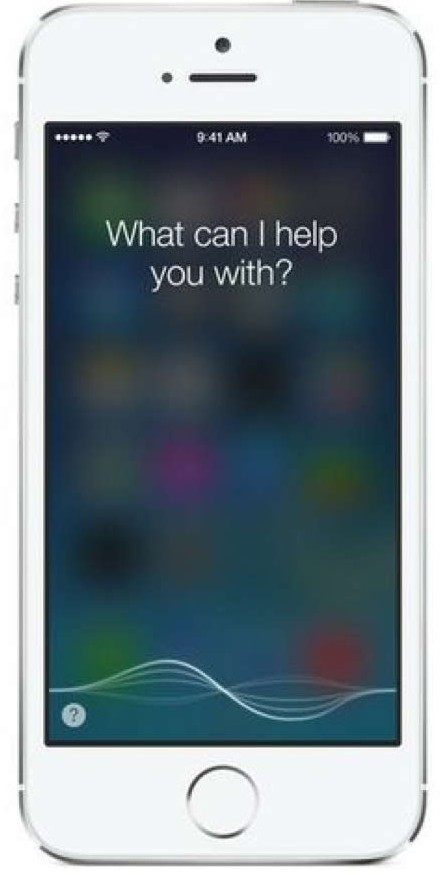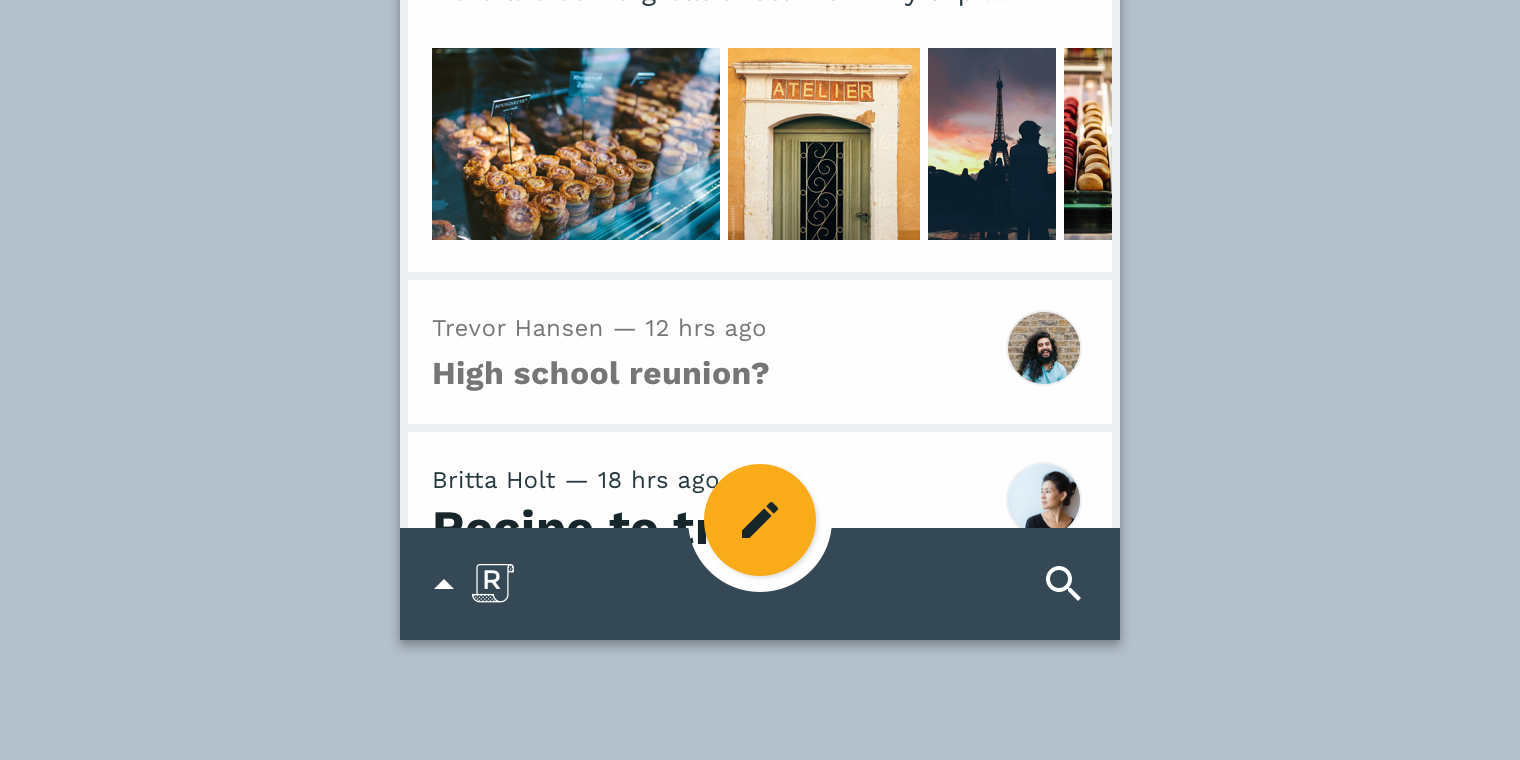A study conducted by PSD Centre reveals that more than 90% of users drop a website that has outdated web design. Today, more than ever, businesses are making constant efforts to adapt the latest UX methodologies for improved user experience. Providers of UI UX design services are experimenting with everything from negative space to AI technology to create engaging digital products.
This blog post explores 6 web design techniques that are buzzing in 2019.
1) The Science of Minimalism
Minimalism is a design strategy that involves minimum use of graphics, content, navigation, and visual features to build an interface. Minimalist website trend is an antidote to heavily cluttered web interfaces that impair user experience.
The attributes of a minimalist website include-
a) Flat-screen designs with minimum skeuomorphic patterns and textures.
b) A limited color palette with a major shift towards black and white UI.
c) Minimum features, graphics, and navigation elements.
d) Maximum use of negative space.
e) Distinct and unconventional use of typography.
Although minimalism is a widespread design trend, it can have a negative outcome if user needs are not carefully evaluated. It is, therefore, critical for providers of web design services to use minimalism in a way to balance user needs with design.
2) Large Background Images and Videos
In 2015, Nielsen Norman Group conducted an online survey to analyze design trends by studying over 100 websites. It was found that 57% of the sites used large background images or videos as an offshoot of minimalist design.
Although large background images continue to be a popular UX trend, designers must use them rationally. The images used must be contextual and purposeful. User experience design services are effective when designers ensure that the images and site content are distinctly visible.

For instance, Google’s Pixel 3a website correctly combines vibrant, large images with large fonts to display the message. The site follows the attributes of minimalism with minimal usage of text content and navigation menu.
3) Microinteractions
Microinteractions are minute and contextual system triggers that inform users about system updates or give feedback after task completion. They are essential elements of interaction between the user and the web interface. Also, microinteractions alert users about system errors and discrepancies.
For instance, when iPhone users talk to Siri, a simple visual audio wave conveys that someone’s listening.

Such small and usually overlooked microinteractions are essential to deliver competent responsive web design service.
There are several UI techniques for including microinteractions in websites and mobile sites. Cursor-responsive scroll bars, AI-powered virtual mobile assistance, and quick submission or login buttons are some effective ways to include microinteractions.
4) Organic Shapes
Shapes are an intrinsic part of any UI UX design. They not only work as another design layer but also enhance the visual hierarchy of your brand. Shapes can be integrated into web or mobile interfaces in the form of call-to-action buttons, menu choices, or chatbot options. Unconventional vector shapes, geometric and sharp shapes are some of the latest trends followed by those who provide user experience design services.
In addition, Google’s Material design explains how shapes can also be used to emphasize a distinct product feature. Since shapes stand out from the plain UI, they can work as branding elements to attract user attention and improve engagement.

5) AI-powered UI
An Intelligent UI or IUI refers to a digital interface that uses some aspect of artificial intelligence to enhance the user experience. Google Assistant, Siri, and Cortana reflect current advancements of AI in UI.
The AI algorithms underlying digital interfaces extract user knowledge and behavior using big data analytics to generate contextual responses. These algorithms provide deeper insights about user needs, challenges and therefore enable a significant enhancement in a product’s UX.
Businesses can make use of AI-based recommendation systems, voice-first UI interactions, and other methodologies to significantly influence target audiences.
6) Custom Illustrations
Unlike the 90s, today a majority of businesses use illustrations and graphics to establish their online presence. Illustrations can be displayed in the form of sketches, vector images, and freestyle drawings.
Custom illustrations and infographics are one of the essential elements that establish your brand’s unique value proposition. Providers of UX research and design services must curate meaningful insights about the product, its usage, and its relevance in the industry. The information about every phase can be used to produce a variety of illustrations, icons, and infographics.
You may also like to read- Establishing Brand Recognition with Custom Illustrations and Infographics.
UI UX Design Services for Multiple Industry Businesses
We, at Oodles Studio, are a skilled UX design team that uses a spectrum of design elements to build intuitive digital products. Our services include digital designs for websites, mobile sites, and mobile applications. Our mobile app design services are available for Android, iOS mobiles, smart TVs, wearable gadgets, and other smart devices. Talk to us for information about our work.



